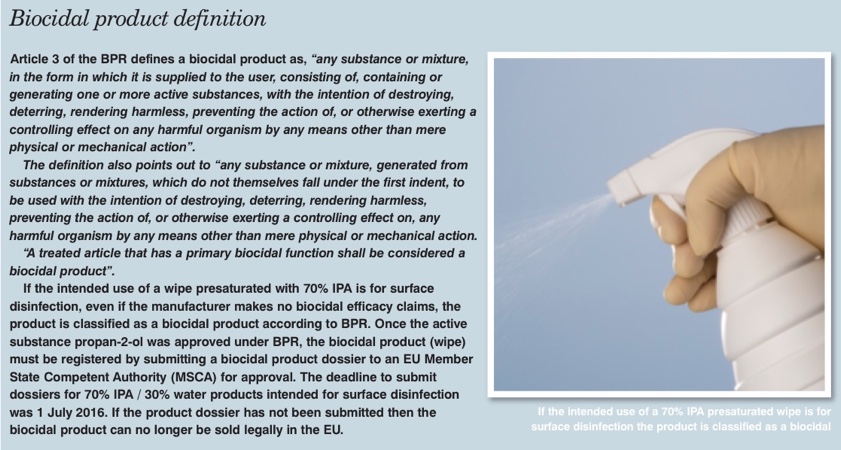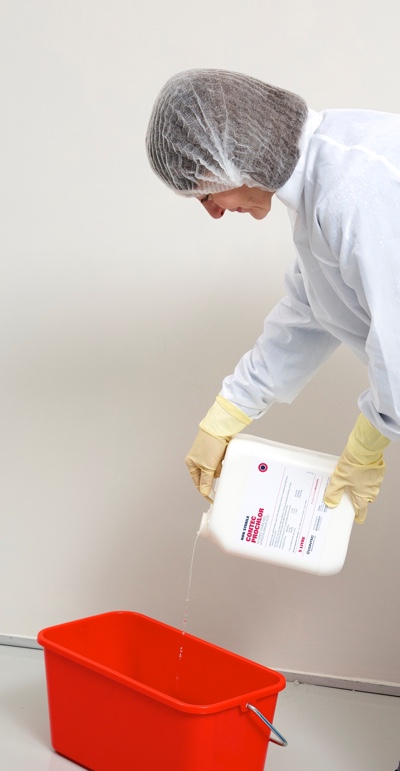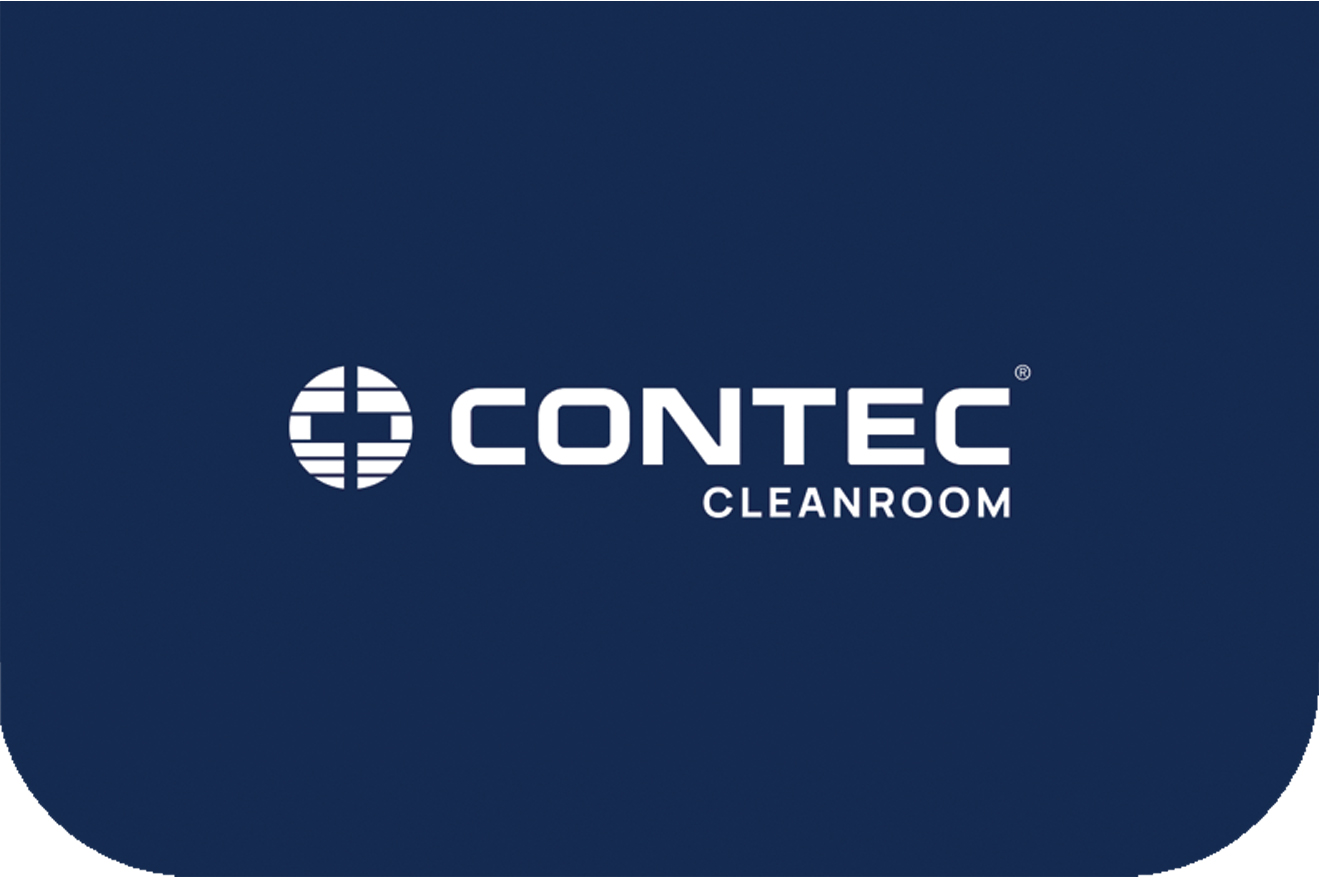Biocidal products have been regulated in the European Union (EU) by the EU Biocides Regulation 528/2012 since 1 September 2013. The aim of the regulation is to improve the consistency of the biocidal products available in the EU, ensuring a high level of protection for humans and the environment. However, the current registration process for hard surface disinfectants varies from country to country. For example, in the UK, a simple safety datasheet sent to each country’s poison centre is satisfactory; whereas in the Netherlands, registration can be expensive and time consuming, because each country requires full microbiological, stability and safety information.
The EU Biocidal Products Regulation (BPR) aims to harmonise the market at union level; simplify the approval of active substances and authorisation of biocidal products; and introduce timelines for Member State evaluations, opinion-forming and decision-making. It promotes the reduction of animal testing by introducing mandatory data sharing obligations and encouraging the use of alternative testing methods.
The EU Biocides Regulation covers a diverse group of products including: disinfectants, pest control products, preservatives, rodenticides, anti-fouling paints, embalming fluids etc. It repeals and updates the Biocidal Products Directive 98/8/EEC (the BPD).
As a regulation, rather than a directive, the BPR acts directly in the 28 EU Member States, meaning that local legislation does not need to be created to implement it in each Member State. So far, the regulation has been fully implemented in Norway and Switzerland.
BPR approval process
There are two consecutive steps to EU BPR biocidal product authorisation:
- The active substances must be approved under the appropriate Product Type (PT) for use in the Biocidal Product (BP)
- Each biocidal product consisting of, containing or generating the approved active substance(s) is reviewed for approval under the appropriate PT.
Details can be found in Annex II of the EU BPR Review Regulation (Commission Delegated Regulation EU 1062/2014).
When active substances are approved, they are listed in EU BPR Article 9: Approved List of Active Substances (Union List).
The EU BPR consists of four product groups including 22 different biocidal PTs covering: disinfectants, preservatives, pest control and specialty biocides. The group relevant to life science cleanroom users is Main Group 1 Disinfectants:
- PT1 — human hygiene products such as hand gels and hand rubs
- PT2 — disinfectants and algaecides not intended for direct application to humans or animals. This includes products used for the disinfection of surfaces, materials and equipment, which do not come into contact with food
- PT3 — veterinary hygiene products, used to disinfect materials associated with the housing or transportation of animals.
When a disinfectant has been approved under one PT it cannot be used under another PT without further registration. For example, a hard surface disinfectant registered under PT2 would need a separate registration under PT1 to be used as hand sanitiser. For life science cleanrooms, hard surface disinfectants are categorised under PT2.

Article 95 of the BPR
As well as the approval process given above, from 1 September 2015, Article 95 of Regulation (EU) No 528/2012, prohibits a biocidal product being made available on the EU market if the active substance or biocidal product supplier is not included on the list of Article 95 alternative active substance suppliers (Article 95 list).
For example, if a wipe containing 70% IPA / 30% water is imported from a manufacturer outside of the EU, either the active substance supplier or the product manufacturer or the EU importer must be listed in Article 95.
If none is listed in Article 95, the product cannot be sold legally in the EU as a biocidal product.
The BPR approval process is ongoing and is gradually replacing national regulations. Each biocidal active substance is at a different stage in the regulatory process.
Biocidal products, which are not going through the approval process, must be removed from the market six months after the biocidal product dossier regulatory deadline.
Even though there would be no financial penalty for an end user using an unregistered product in their cleanrooms, it could still potentially cause problems. An unregistered product discovered by regulators will immediately be withdrawn from the market leaving the end user without a validated disinfectant. As a worst-case scenario, product manufacture could be delayed whilst a replacement disinfectant undergoes months of validation.

Suppliers will be able to advise about the status of the products currently in use
Any company about to start, or has an on-going disinfectant validation project, needs to ensure that the product under investigation is going to be registered under EU BPR by the manufacturer.
The costs associated with the EU BPR will most likely lead to a contraction in the market, specifically in the number of products available. The costs to register active substances and biocidal formulations are significant due to the cost of generating the required supporting data and dossier preparation, as well as the evaluation fees.
In broad terms, the costs to register an active substance will be several millions of pounds and a simple disinfectant product could potentially cost £750,000 to register.
Transitional arrangements
As not all active substances have been reviewed and placed onto the Union list of approved active substances (formerly Annex I of Directive 98/8/EC), a transitional phase exists between local country registrations and BPR submissions.
This is further complicated by the fact that the transitional arrangements are not only different from country to country but can vary in different product groups.
Step by step
As yet, there is no definitive list of approved disinfectant products and the BPR approval process is expected to still take several more years before completion.
Despite these set-backs, biocidal product users can do the following:
- List all products being used for microbial control (these might be products not currently supplied with efficacy claims such as IPA presaturated wipes). Review the safety data sheet (SDS) for these products and note the ingredients. If unsure, confirm with the supplier the active microbiocidal ingredients in the formulation
- Find out the suppliers of each active ingredient in the disinfectant formulation. Ask the supplier to provide details of the active substances manufacturer’s inclusion on the ECHA (European Chemicals Agency) Article 95 list. The Article 95 list is online (https://echa.europa.eu/information- on-chemicals/active-substance-suppliers).
- Ensure the active substance is listed under the correct product type for its use. Note that an EU-based company has to be the registered supplier and companies outside the EU must have an EU supplier on the ECHA Article 95 list
- If the active substance has been approved and is listed on the Union list of approved active substances (formerly Annex I of Directive 98/8/EC), then a manufacturer of an existing biocidal formulation has approximately two years to submit a dossier for either national or union authorisation of the formulation. The list of current approved active substances can be checked online via https://echa.europa.eu/information-on- chemicals/biocidal-active-substances.
- For common disinfectant actives used in cleanrooms – such as IPA, PAA and hydrogen peroxide – the actives have already been approved and dossiers for formulated products needed to be submitted.
- For all products containing propan-2-ol (70% IPA) the deadline was 1 July 2016 and for all products containing hydrogen peroxide the deadline is 1 February 2017. Even though a listing of these products is not currently available, cleanroom operators should ask the disinfectant supplier about the process followed for submitting the dossiers. This will uncover any lack of knowledge of the registration process.
- The manufacturer should also confirm if it is submitting a dossier for a Union authorisation (all countries) or if it is submitting for national authorisations.
If a lack of knowledge of the BPR from a manufacturer’s standpoint is apparent, cleanroom operators should start a revalidation plan to ensure continuity of a legal supply from a different manufacturer.

